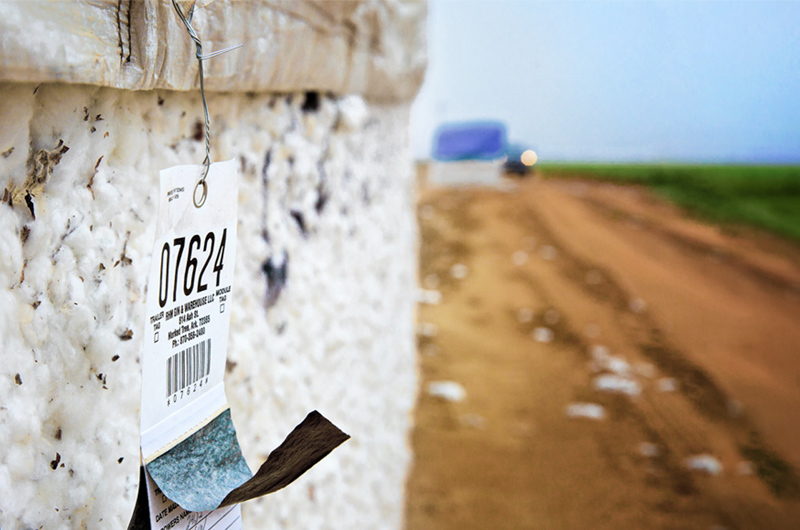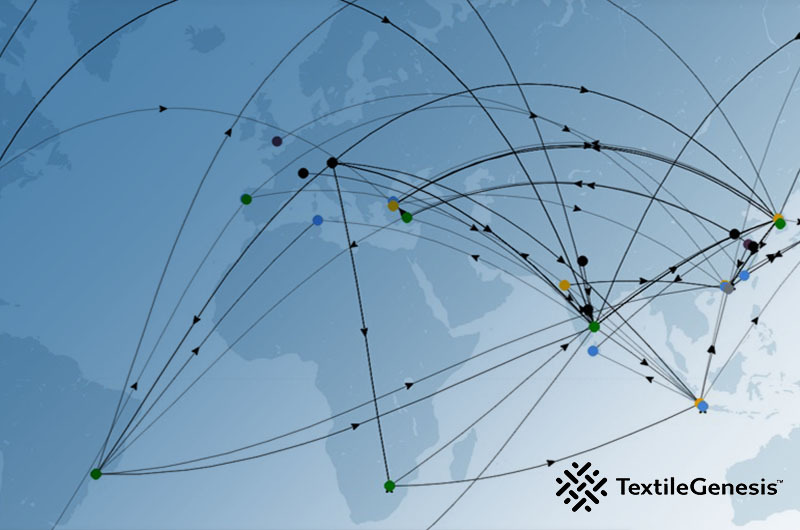Why U.S. Cotton is Preferred
• No other cotton in the world has been tested in both domestic and foreign textile mills like U.S. cotton over the last 80 years.
• Since the beginning of this century, more than 330 million U.S. cotton bales have been produced, more than 240 million bales have been used by spinning mills abroad, and more than 90 million bales have been used by domestic spinning mills
• This translates to over 70 billion T-shirts, 45 billion dress shirts, 15 billion bed sheets, and 14 billion pair of jeans made from U.S. cotton since 2000 in a world of 7.4 billion people.
• U.S. cotton fibers cover the entire range of cotton fiber properties. This means more diversified use for different yarns and different spinning systems using homogenous cotton varieties.
• The U.S. cotton producer has been able to meet the challenge of maintaining a good yield and producing cotton fibers of long staple length, high fineness at high maturity, high strength at moderate to high fiber elongation, contaminant-free cotton with minimum values of trash, leaf, neps, and seedcoat fragments.
• U.S. cotton is 100% tested and information about any U.S. cotton bale is readily accessible. This makes the process of fiber selection and fiber blending a much easier task in comparison with cottons of other origins.
• The U.S. cotton producer has been able to meet the challenge of the sustainability paradox by meeting the pillars of sustainable development, namely: economic sustainability, environmental protection, and social responsibility.
Are all Upland Cottons Created Equally?
• The answer to this question is a simple “NO”, even if cotton fibers of different origins have the same exact HVI fiber properties. The secret of a good cotton stems from how it was planted, harvested, ginned, and prepared before it arrives to the spinning mill.
• Manually-harvested cotton may seem to have an advantage of less trash particles as a result of selective picking of fibers. However, many manually-harvested cottons produced around the world have high contaminations and high degree of immaturity due to the longer time it takes to pick and the use of unskilled labor. The fact that manually harvested cotton takes days to pick from the field creates high variation in fiber properties within a cotton bale. This is particularly true for Micronaire values as a result of different maturity levels and in +b as a result of exposure to different weathering condition during harvesting.
• Mechanically-harvested cotton has the advantage of being picked very efficiently to avoid high variation of fiber properties within a bale of cotton. Using mechanical harvesting, critical properties of cotton fibers such as staple length, Micronaire, maturity, and +b are self-controlled by virtue of the picking efficiency of seed cotton.
• Mechanically-harvested cotton may be picked using two types of mechanical harvesting: spindle harvesting and stripper harvesting. The main difference between the two types of harvesting is in the higher amount of trash and other none-fiber materials accumulated in stripper harvesting. The ginning process accommodate these differences through precise control of drying, seed cotton cleaning, ginning, and lint cleaning.
• U.S. cotton has the best processing propensity of all upland cottons. Processing propensity means smooth processing through different machines in the spinning process leading to minimum fiber damage, high efficiency in removing trash and foreign particles, and high nep removal efficiency.
• Undoubtedly, the production method of U.S. cotton fibers from harvesting to ginning is considered as the world leading model of cotton fiber production. Every stage of fiber production is subject to strict automatic process control of drying, seed-cotton, cleaning, gin settings, and lint cleaning. Key parameters such as moisture content and fiber damage are continuously monitored during ginning, and automatic adjustments are made accordingly. In addition, dust generation and air pollution are under maximum control to meet EPA strict standards.
What are the advantages that U.S. cotton can provide to spinning mills?
• The fact that U.S. cotton covers the widest range of cotton fiber properties in comparison with all other cottons around the world means that a spinning mill using this cotton can make all types of yarns from as coarse as 6s English count to as fine as 60’s English cotton in all types of spinning (ring spinning, open-end spinning, and air-jet spinning).
• Using U.S. cotton, you can reduce card waste and comber noil by up to 3% without influencing yarn quality. For a mill using 100,000 bales annually, this could mean a cost saving of up to $1 million per year. This will require a great deal of know how and some optimization approaches. For further information on this aspect you may contact the author of this article at yelmogahzy@gmail.com.
• In a study performed by the author in which the waste factor was compared for cottons of different origins, it was found that a million T-shirts (0.41 pound each) made from 30’s carded yarn will require 950 bales of U.S. cotton, 972 bales of Brazilian cotton, and 994 bales of West African cotton. The secret of maximizing the benefits of cotton fiber lies in the optimization procedure of fiber selection, fiber blending, and process settings. This will require cotton of high processing propensity and a wide range of fiber characteristics and only the U.S. cotton can offer these advantages.
For further information on this aspect you may contact the author of this article at yelmogahzy@gmail.com.




